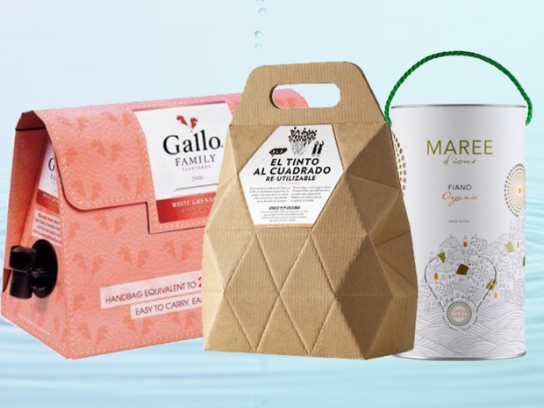In today’s fast-paced world, packaging plays a crucial role in ensuring the success of a product. With changing consumer preferences and the need for sustainability, the future of packaging is leaning towards flexible design.
1. What is flexible design?
Flexible design refers to packaging that can adapt to different shapes and sizes, making it versatile and cost-effective. It allows companies to streamline their packaging process and reduce waste.
2. Benefits of flexible design
Flexible packaging design offers several benefits, including improved product protection, increased shelf life, and enhanced visual appeal. It also allows for easier transportation and storage, making it a popular choice among both consumers and manufacturers.
3. Sustainability
One of the key drivers of the rise in flexible packaging is sustainability. Flexible materials require less energy and resources to produce, making them a more environmentally friendly option. Additionally, flexible packaging is often recyclable, further reducing its impact on the environment.
4. Customization
Flexible design allows for greater customization options, ensuring that products stand out on shelves and attract consumers. Companies can easily incorporate branding elements, colors, and graphics to create a unique and memorable packaging experience.
5. The future of packaging
As consumer preferences continue to evolve, the future of packaging lies in flexible design options. Companies that embrace this trend will not only appeal to environmentally conscious consumers but also reduce costs and improve efficiency in their packaging operations.
In conclusion, the rise of flexible design in packaging is a promising trend that offers numerous benefits for both companies and consumers. As sustainability becomes increasingly important, flexible packaging will continue to grow in popularity, revolutionizing the way products are packaged and presented to the market.

